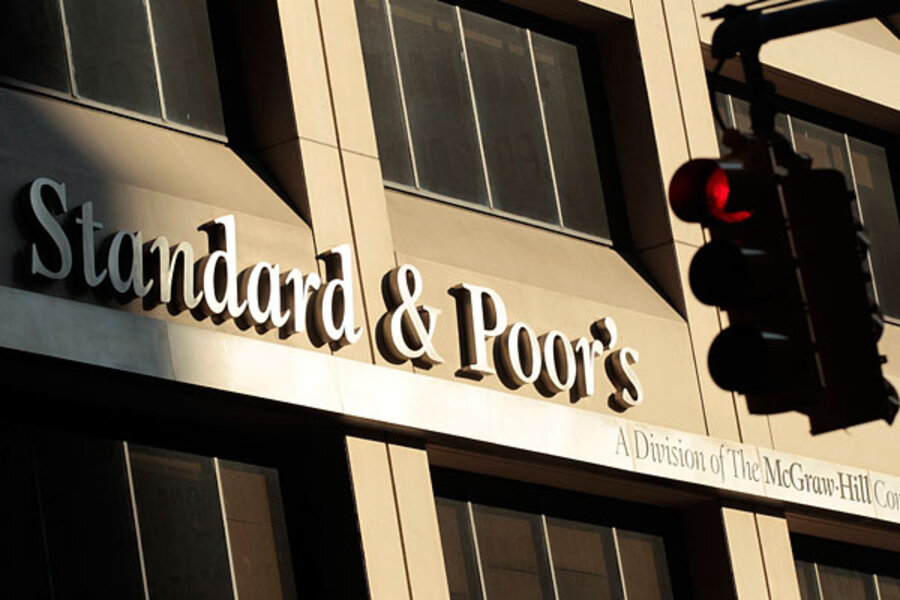The 2012 elections didn’t shake up political leadership in Washington, meaning all the same players are in place in 2013 as were there in 2011.
When Republicans went to the debt-ceiling barricades in 2011, they were doing something that was somewhat novel – today’s GOP leadership, as liberal group Think Progress noted, voted for debt-ceiling hikes without a peep during the Bush presidency. (That was the same period in which then-Senator Obama was calling a vote to raise the debt ceiling a dereliction of leadership, so both sides’ ability to twist the issue for their purposes is well-established.)
But while economists warn a default on the nation’s debt would be hypothetically disastrous, we now know what the costs of a debt-ceiling fight are.
First up, lawmakers endured a downgrade of the nation’s credit by Standard & Poor’s in part because of political brinkmanship.
Next, they presided over falling consumer confidence, a hit that took consumer sentiment lower than it was in the aftermath of 9/11.
Third, the president’s approval rating sank, but Republicans saw their favorability absolutely plummet as Americans soured on all parts of Washington.
Fourth, the Government Accountability Office estimated the debt-ceiling scuffle of 2011 cost the US $1.4 billion in additional borrowing costs that year, because anxiety over the crisis led to a temporary increase in interest rates. The US will have to pay some bonds issued during that time during the next decade, so the Bipartisan Policy Center calculated more than $18 billion in higher interest costs to the US government over the coming 10 years.
In other words, all parties know what’s at stake. Or, at least, they should.





